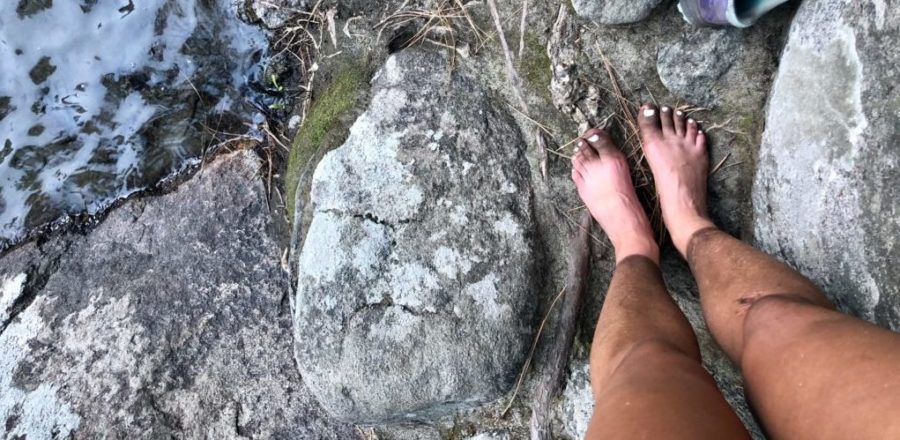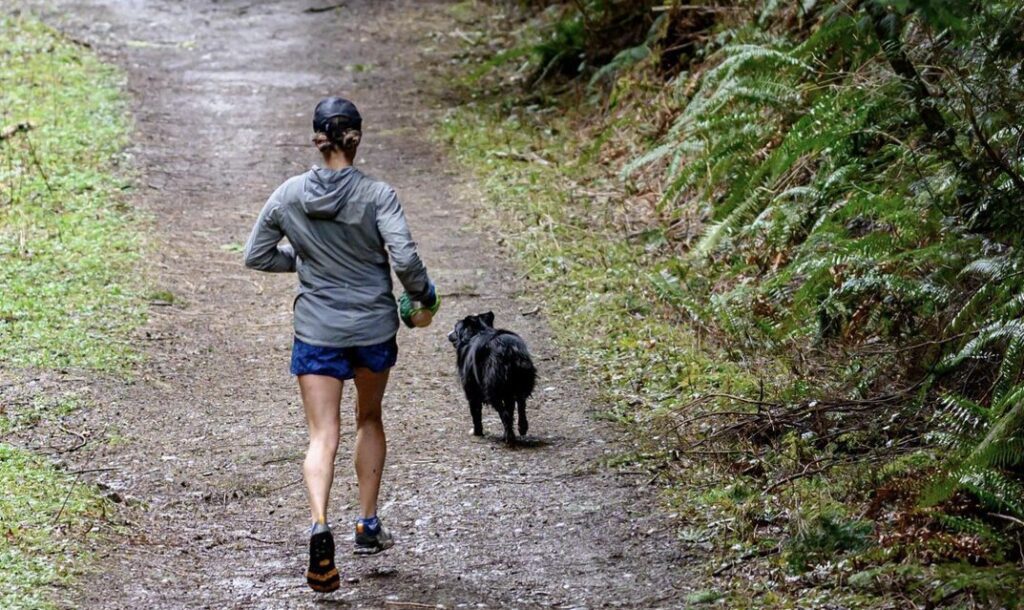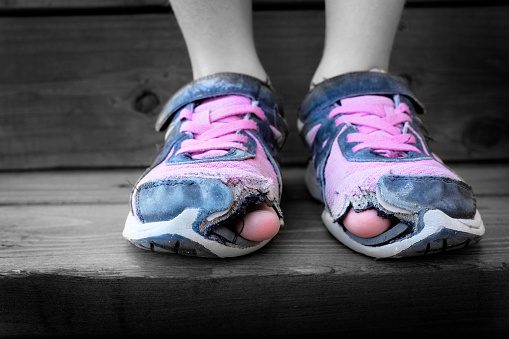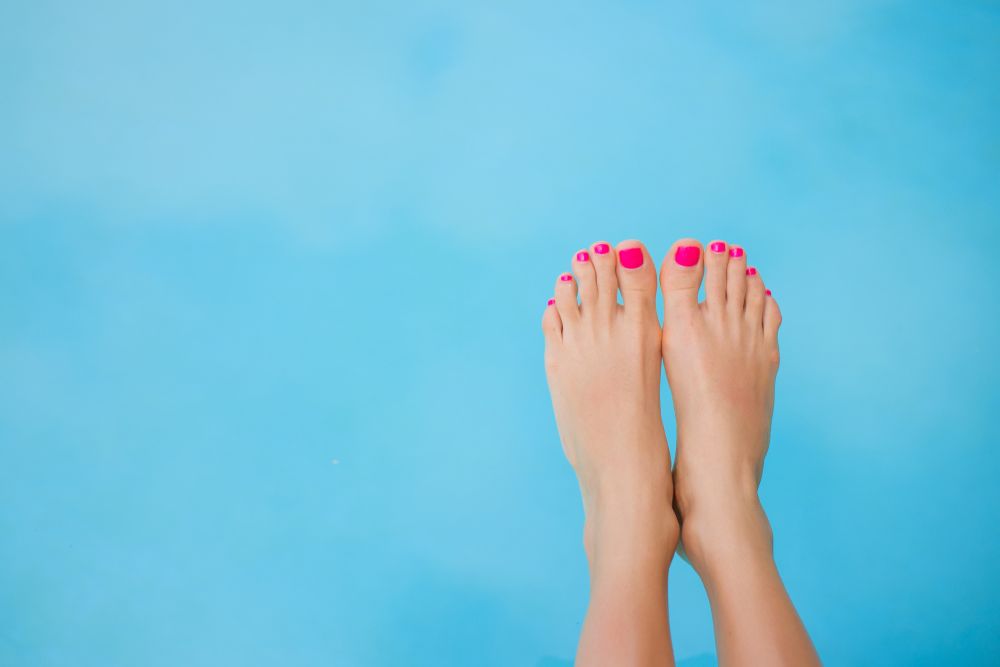Banish black toenails with these tips
Treat your feel like they're your most valuable asset to stay running pain-free
 Photo by:
Hollie Holden
Photo by:
Hollie Holden
If you’ve ever lost a toenail, had people look at your bare feet and visibly flinch, or struggle with keeping your feet healthy and smooth during peak training months, consider yourself a runner. Most of us have dealt with a foot issue, especially during high-volume training periods. Foot problems can be painful: I’ve heard several of the toughest ultrarunners I know actually scream when they had a blister treated.
Legendary ultrarunner Krissy Moehl (who has certainly spent some time on her feet), sums up the importance of foot care in her book Running Your First Ultra. She writes: “our feet start the chain and are the most important link is successful training and racing. From the skin to the ligaments, it’s important to give our feet detailed attention.” Here, we give you some tips to keep those feet healthy and strong all summer.

Make sure your shoes fit, and get rid of old shoes
It’s important to buy your running shoes at a store that specializes in running. The staff there will often have you put the shoes on and run in them to assess what type of shoe might be best for you, and they can properly measure you to see what size shoes you need. If you’re consistently having foot problems, it may simply be a shoe-size issue.
Moehl suggests lacing up the shoe as you would to run, and bending and flexing your foot through heel-strike and toe-off. Notice if there is any stitching inside the shoe or spots that have the potential to rub on your foot. Once your shoes are old and visibly worn out, stop wearing them, even around the house. Foot size changes over time and shoes actually shrink, so it’s worthwhile to visit a running store and speak to the experts. Running shoes can be expensive, so spend the time making a wise purchase.

Keep an eye on your toenails, and do at-home-pedicures to remove calluses
Ingrown toenails are a common foot problem for runners. Although they may seem like minor annoyances at first, an untreated ingrown toenail can become very painful and infected in a matter of a couple of days. You can often avoid painful ingrown or fungal toenails by keeping your nails short (but not too short), cutting them straight across, and then using a file to smooth out any sharp edges. If you have a black toenail, or your toenail starts to lift off, it can be tempting to pull the toenail right off; don’t. Pulling the nail off can cause your nailbed to tear, and your new toenail will grow in strangely. Let the nail fall off on its own, and the new one will emerge slowly.

Moehl is a firm believer in pedicures for everyone. “The soaking, scrubbing, de-callusing, moisturizing and massaging aspects of a pedicure are the most beneficial.” She adds: “Calluses are feedback relating to where the most stresses are being placed on your feet.” I had always leaned toward the belief that a callus on my foot was hard-earned, and protected my feet when I logged high mileage. When I entered a multi-day event that poured rain and soaked my feet continuously, I learned the hard way that calluses are also like sponges. The dead skin becomes saturated with water and takes days to dry out, and can cause further damage, including the dreaded foot maceration, often called trench foot. I can personally attest that running in such a condition felt like someone had scraped the bottoms of my feet off; I now make sure calluses are removed.
Moisturize, moisturize, moisturize (and lube up)
If you’re prone to dry skin, your heels crack and hurt easily. The best time to apply moisturizer to your feet is right after the shower, and you’re able to retain some of the moisture from your shower as well. If you’re prone to blisters, there’s a wide variety of skin lubricants specifically for athletes. You’ve probably seen them most often advertised to prevent chafing, but try slathering it on the areas of your feet that blister easily. You can also put skin lubricant on the outside of your sock on top of these same areas to further reduce any friction.
Like pianists’ hands, runners’ feet are invaluable. Treat them like gold, and you’ll be running pain-free all year long.


